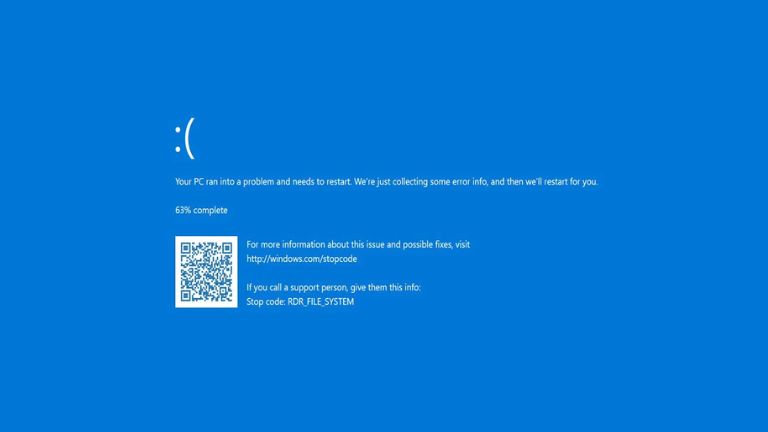The RDR_FILE_SYSTEM bug check has a value of 0x00000027. This indicates that a problem occurred in the file system’s cache manager. A driver has attempted to write to a read-only memory segment. This bug check usually occurs after you install new hardware or software. If you are a customer who has received this blue screen error, please contact your technical support department for assistance. This article will show you how to Fix Windows RDR_FILE_SYSTEM BSOD Error so that you can continue to use your computer without issue.
What is the RDR_FILE_SYSTEM BSOD Error?
The RDR_FILE_SYSTEM BSOD is a Windows error that indicates a problem with the file system. This can be caused by a number of things, but most often it is caused by a corrupt or damaged file. When this happens, Windows will attempt to fix the problem by restarting the computer. However, if the problem is not fixed, the BSOD will continue to appear.
How to Fix RDR_FILE_SYSTEM BSOD
The RDR_FILE_SYSTEM bug check has a value of 0x00000027. This indicates that a problem occurred in the file system’s Redirected Drive Buffering Subsystem (RDSBS).
There are two general causes for this error:
- A driver has accessed an address that is not valid for the file system. This is usually caused by a defective or outdated driver.
- The file system’s Redirected Drive Buffering Subsystem (RDSBS) is not functioning properly. This can be caused by hardware problems or by issues with the file system itself.
To fix this error, you will need to update your drivers and run a virus scan. You may also need to repair your file system using the CHKDSK utility.
How to Prevent RDR_FILE_SYSTEM BSOD
There are a few things you can do to help prevent the RDR_FILE_SYSTEM BSOD from happening.
First, make sure that your drivers are up to date. Outdated drivers can cause all sorts of problems, including BSODs. You can update your drivers automatically using Windows Update or you can manually download and install the latest drivers from the manufacturer’s website.
Second, run a registry cleaner to fix any registry errors that may be causing the BSOD. Registry cleaners can safely fix errors in the registry and help improve your system’s stability.
Third, use a good antivirus program to scan your computer for malware. Malware can often cause BSODs by corrupting critical system files. A good antivirus program will remove any malware it finds and help prevent future infections.
Finally, make sure that your hard drive is healthy and free of errors. You can do this by running a disk check tool like Chkdsk or Disk Doctor. These tools will scan your hard drive for errors and fix them if possible.
Conclusion
The RDR_FILE_SYSTEM BSOD is a common error on Windows 10, but it’s often easy to fix. In most cases, you can simply restart your computer and the BSOD will go away. If that doesn’t work, you can try updating your drivers or running a virus scan. If you’re still having trouble, you can contact Microsoft support for more help.







